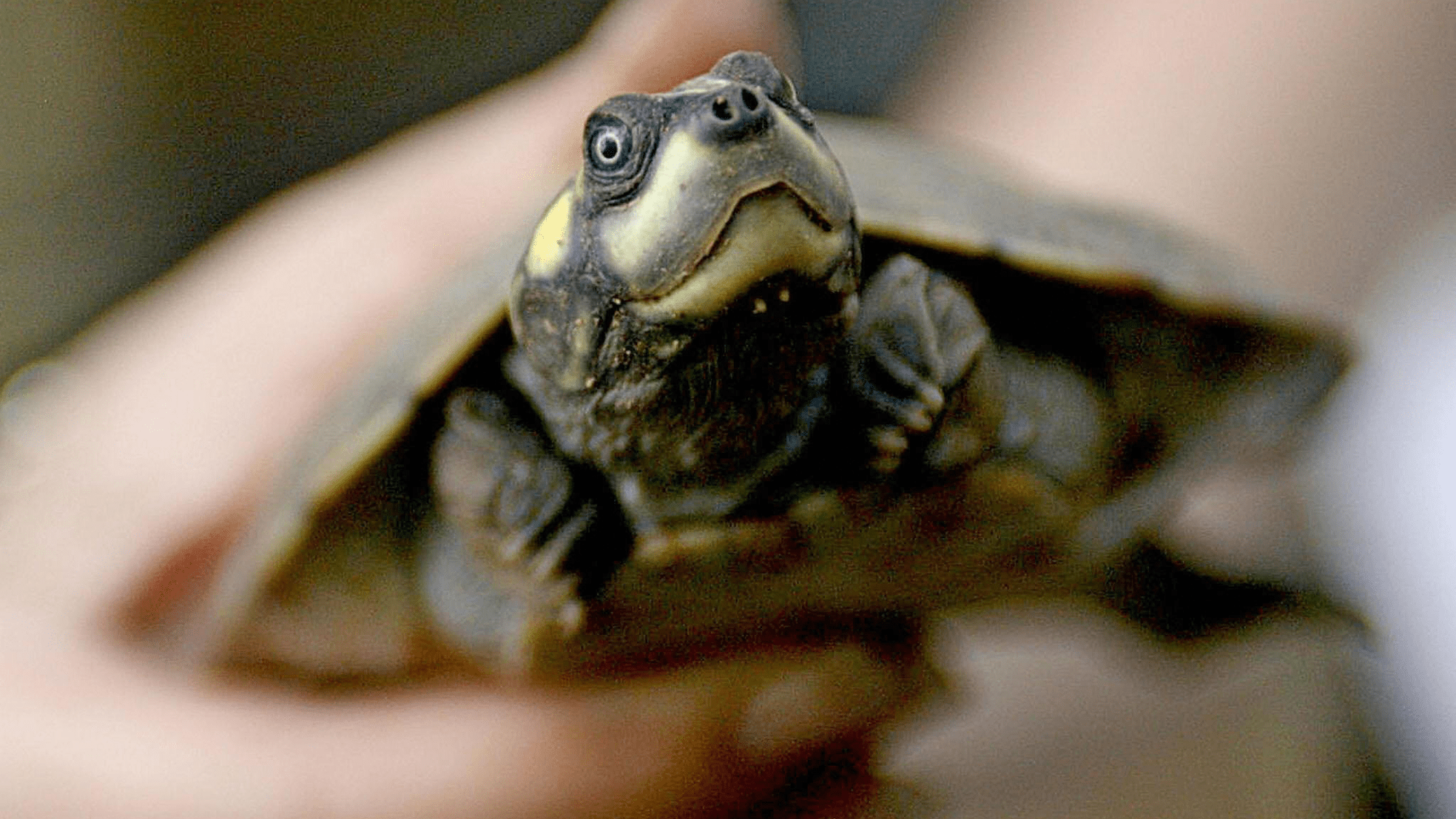Now Reading: World’s Largest Turtle Nesting Site Discovered in the Amazon
-
01
World’s Largest Turtle Nesting Site Discovered in the Amazon
World’s Largest Turtle Nesting Site Discovered in the Amazon

Rapid Summary
- Finding: Researchers from the University of Florida identified the largest known nesting site for giant South American river turtles (Podocnemis expansa) using drones on the Guaporé River between Brazil and Bolivia.
- Nesting Data: Approximately 41,000 turtles were counted using improved statistical models and drone-collected orthomosaic imagery. Ground attempts estimated 16,000 turtles, while initial drone counts without corrections estimated around 79,000.
- Innovative Techniques: Novel monitoring methods eliminated errors like double counting and missed individuals by marking turtle shells with white paint and analyzing movement patterns in high-resolution composite images stitched from thousands of photos.
- Conservation Purpose: Accurate population estimates are crucial to track trends and implement effective conservation measures for this threatened species facing poaching,habitat loss,dams,pollution,etc.
- Future Work: The team plans additional surveys at Guaporé River and othre turtle habitats across Colombia, Peru, Venezuela to expand monitoring.
Images:
- A close-up image of a giant South American river turtle (Credit: Andrew Alvarez/AFP via getty Images).
- Drone footage showing turtles nesting on a sandbank (Credit: University of Florida/Brack et al 2025).
Indian Opinion Analysis
India can draw inspiration from this breakthrough in wildlife conservation methodology as it continues addressing challenges surrounding endangered species like Olive Ridley sea turtles along its coastlines. Monitoring large-scale populations is often complicated due to terrain or limited technology-similar innovations such as drone-based surveillance combined with corrective modeling coudl improve India’s conservation efforts significantly.
Furthermore, protecting thes ecological assets is vital not just for biodiversity but also local communities dependent on ecotourism or sustainable fishing practices tied closely to these habitats. Lessons here underline how collaboration between universities can advance global environmental stewardship-a practice Indian research institutions might likewise benefit from nurturing further partnerships internationally.
Adopting evidence-driven approaches ensures resource allocations are optimized while making headways efficient toward reversing population declines among vulnerable species.




























